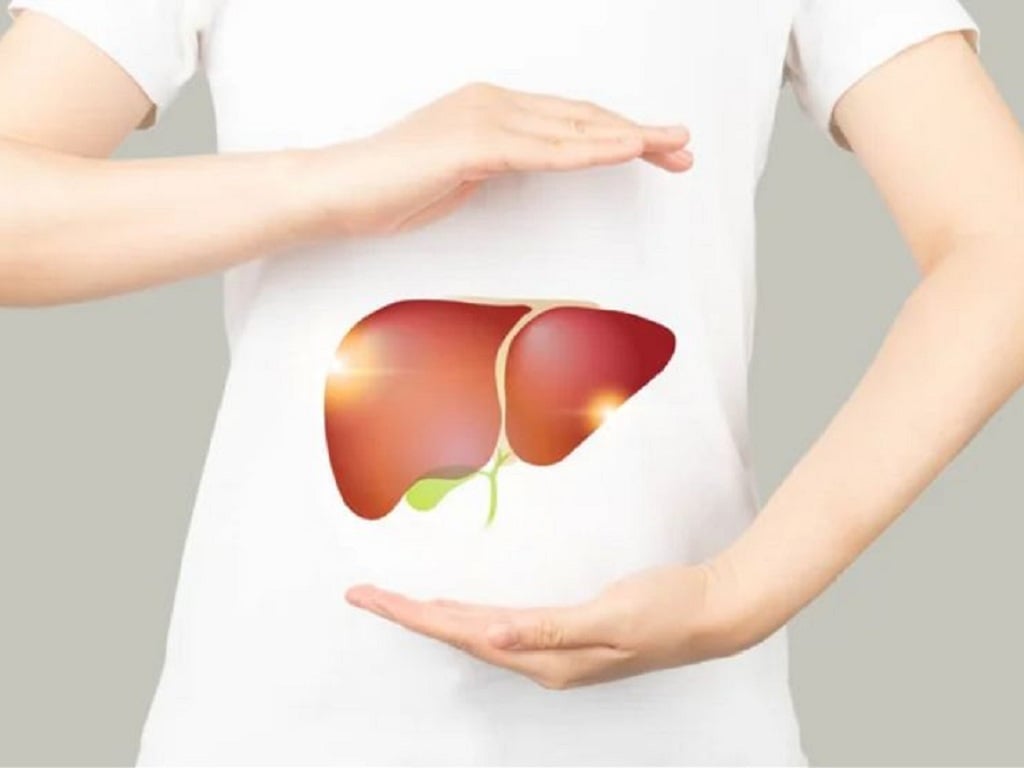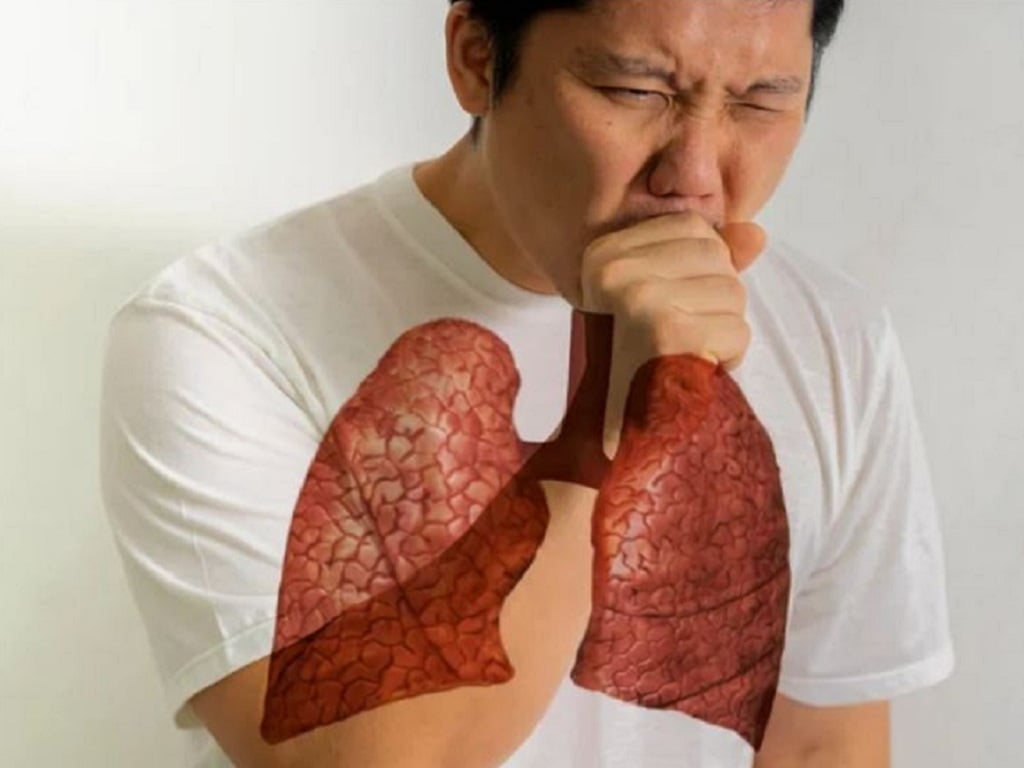After a wound heals, the body will form scar tissue. Scar tissue besides helping the body heal and seal the wound is also a condition of fibrosis. In many cases, fibrosis prevents the organ from functioning as well as before, according to the health website Healthline (USA).

The liver has a strong ability to recover after being damaged. Even if part of it is removed, the liver can still recover to its original size.
Even with many internal organs, repeated damage can cause excessive fibrosis, which can lead to organ failure. However, some organs in the body can regenerate themselves with remarkable resilience and minimal scarring.
Liver
The liver is vital to health and resilient to damage. This internal organ aids in digestion, immunity, protein synthesis, removal of toxins and waste, and many other roles.
Therefore, any damage to the liver can seriously affect health. Fortunately, the liver has the ability to regenerate and restore its original state after damage very well.
This regenerative ability is due to the fact that the liver contains a large number of cells that are in a dormant state. When the liver is damaged, these cells are activated and grow to compensate for the loss, helping the liver to restore its original size.
However, serious, repeated injuries over a long period of time such as drinking too much alcohol, hepatitis, or taking too many medications will damage the liver and form scar tissue, leading to liver fibrosis.
Intestine
Basically, the intestine is a digestive tube that extends from the mouth to the anus. Many factors can cause damage to the intestine such as taking certain medications, stomach acid, digestive enzymes, bacteria, viruses, high acid levels or diseases such as ulcers, gastroesophageal reflux.
When damaged, the intestines have a very good ability to recover. The recovery time of the intestines is short or long, several weeks or many months depending on the nature, extent of damage and treatment method.

Severe damage causes the lungs to form a lot of scar tissue, leading to fibrosis.
Lung
The lungs are constantly exposed to infectious bacteria, pollutants, and irritants from the air. Therefore, the lungs possess a protective mucosal layer and a strong immune response.
In addition, the lungs have the ability to repair themselves after damage. This is because the lungs, similar to the liver, have cells in a non-activated state.
When lung tissue is damaged, these cells will be activated and develop into many specialized cells to replace it. If the damage is severe and prolonged, such as from chronic pneumonia or long-term smoking, the lung tissue will be damaged, scarred and fibrotic, according to Healthline.
Source link






![[Photo] Solemn opening of the 9th Session, 15th National Assembly](https://vphoto.vietnam.vn/thumb/1200x675/vietnam/resource/IMAGE/2025/5/5/ad3b9de4debc46efb4a0e04db0295ad8)
![[Photo] President Luong Cuong presided over the welcoming ceremony and held talks with Sri Lankan President Anura Kumara Dissanayaka](https://vphoto.vietnam.vn/thumb/1200x675/vietnam/resource/IMAGE/2025/5/5/bbb34e48c0194f2e81f59748df3f21c7)























![[Photo] National Assembly delegates visit President Ho Chi Minh's Mausoleum](https://vphoto.vietnam.vn/thumb/1200x675/vietnam/resource/IMAGE/2025/5/5/9c1b8b0a0c264b84a43b60d30df48f75)

































































Comment (0)